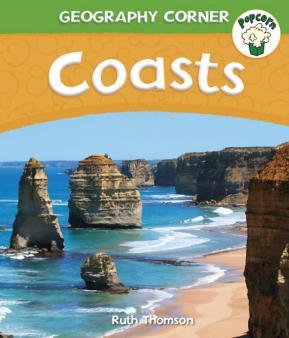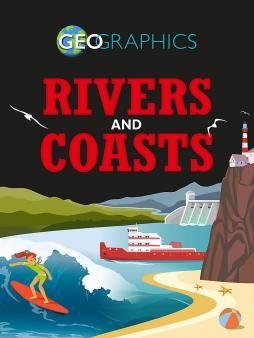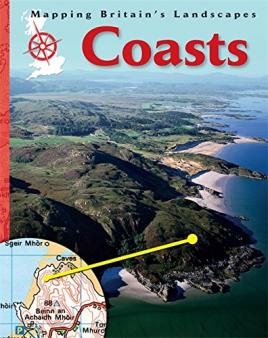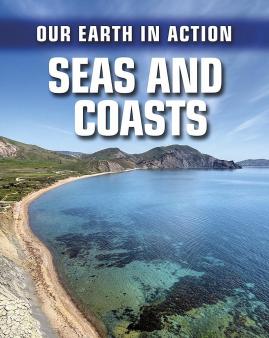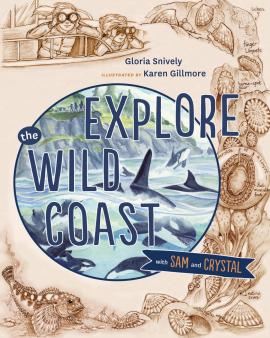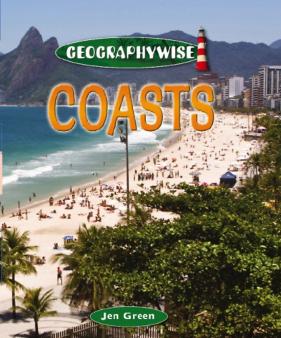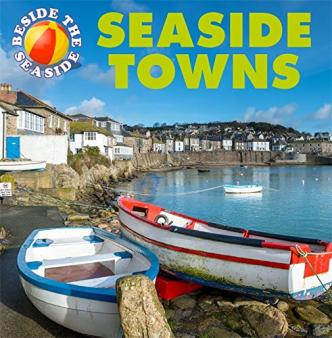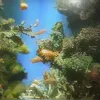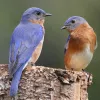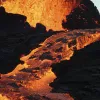Important update from TheSchoolRun
For the past 13 years, TheSchoolRun has been run by a small team of mums working from home, dedicated to providing quality educational resources to primary school parents. Unfortunately, rising supplier costs and falling revenue have made it impossible for us to continue operating, and we’ve had to make the difficult decision to close. The good news: We’ve arranged for another educational provider to take over many of our resources. These will be hosted on a new portal, where the content will be updated and expanded to support your child’s learning.
What this means for subscribers:
- Your subscription is still active, and for now, you can keep using the website as normal — just log in with your usual details to access all our articles and resources*.
- In a few months, all resources will move to the new portal. You’ll continue to have access there until your subscription ends. We’ll send you full details nearer the time.
- As a thank you for your support, we’ll also be sending you 16 primary school eBooks (worth £108.84) to download and keep.
A few changes to be aware of:
- The Learning Journey weekly email has ended, but your child’s plan will still be updated on your dashboard each Monday. Just log in to see the recommended worksheets.
- The 11+ weekly emails have now ended. We sent you all the remaining emails in the series at the end of March — please check your inbox (and spam folder) if you haven’t seen them. You can also follow the full programme here: 11+ Learning Journey.
If you have any questions, please contact us at [email protected]. Thank you for being part of our journey it’s been a privilege to support your family’s learning.
*If you need to reset your password, it will still work as usual. Please check your spam folder if the reset email doesn’t appear in your inbox.
Coastal habitats

Costal habitats are widely diverse, from shallow sea water, to dunes and beaches, to rock pools and coves.
Huge varieties of species live and depend on costal habitats. For example, coastal cliffs are the rocky land edges that face the sea. These are complex and varied habitats that lie above the water line, where exposure to salty spray, wind, sun and rain all play their part. Flowers such as thrift, campion and samphires thrive here and colourful lichens cover the rocks. Cliff tops make important nesting places for seabirds and each species has its own requirements. Sheer numbers of birds make a huge amount of noise and their nesting sites can smell pretty bad! Bats, lizards and buzzing insects are also to be found.
Coastal habitats are varied and fascinating and, as we live on an island, we’re surrounded by them!
Top 10 facts
- In the UK no one lives more than 80 miles (130 km) from the seashore.
- Britain has some of the most important sea bird colonies in the world – 80% of the world’s gannets breed around the British coast.
- The UK coastline is one of the longest in Europe.
- Of the 1,000+ islands within the UK, only 290 are permanently inhabited.
- The living organisms that inhabit coasts form part of a special ecosystem. These animals and plants have to cope with extreme weather conditions of wind and rain, salty water, tides, and waves. For this reason many coastal organisms do not live anywhere else.
- Shelled animals, such as mussels and barnacles, attach themselves firmly to the rocks and can withstand the biggest waves.
- The erosion of a coast can have unexpected benefits. When the land is worn away, fossils may be uncovered.
- The soft cliffs of East Anglia and the Isle of Wight have been eroded to reveal many ancient remains of animals that lived long ago, including dinosaurs, woolly mammoths, and sharks.
- The United Kingdom's oldest-known dwelling has been discovered by archaeologists at a cliff edge at Howick, in Northumberland. The people who lived there, about 9,600 years ago, collected flints from the coast to make their tools.
- The coastline is constantly changing: even the gentlest of ripples constantly reshape coastlines in small ways, a few grains of sand at a time.


Boost Your Child's Learning Today!
- Start your child on a tailored learning programme
- Get weekly English & maths resources sent direct to your inbox
- Keep your child's learning on track
Did you know?
- There are many different types of coast. They may be sandy, rocky, muddy, or covered in shingle. Some have steep cliffs that are buffeted by waves, while others are broad stretches of land that alternate between being wet and dry as the tides go in and out.
- Coastlines make up around 8 percent of the Earth’s land, but they have about 26 percent of all biological diversity on our planet.
- Coasts have changed over millions of years. They are affected by events such as volcanic activity, ice ages, and changes in sea levels.
- Water, wind, and ice cause something called erosion by wearing away rocks or soil. The continual force of waves against rocks and soil also wears them down, breaking them up into smaller and smaller fragments. Water that gets trapped in cracks and crevices can freeze in cold weather. When the weather warms up, the water expands, forcing the cracks to open wider. Plants, animals, and humans can also cause coastal erosion. Erosion at the coast can result in the formation of features such as sea caves, arches, bays, and coves. It can also cause the destruction of land and homes when cliffs fall into the sea.
- Living by the sea allowed people to trade with travellers from overseas. Coastal communities often have diverse cultures and foods, which reflect the wide variety of peoples that have visited their shores.
- Unwelcome visitors, such as invaders, may also make their first appearance at coastal areas. For this reason, Britain's coasts have many castles and other military buildings. For hundreds of years these buildings have provided a first line of defence against invasion.
Look through the gallery and see if you can spot the following:
- Erosion can do strange things to the coastline!
- Coastlines can be sandy and grassy
- A cove formed by erosion
- Rock pools can be full of interesting sea creatures
- Waders on the sea shore
- British beach huts
- The stony beach in Brighton
- Land's End in Cornwall
- Whitby in Yorkshire
- Seaweed
- The Scottish coast
- Seven Sisters in East Sussex
- A sandy beach
Gallery
About
The UK’s coastline is well over 6,000 kilometres long. It varies dramatically and has a number of different rocky habitats, ranging from calm, sheltered coves and rocky beaches to tall, rocky cliffs. Within each of these rocky habitats the conditions are constantly changing, due to the ever-changing tides as well as other environmental factors such as temperature and wind. Rocky shores are formed when waves erode softer rocks, leaving harder rocks exposed.
Marine habitats are often divided into several areas or ‘zones’, which are based on their position in relation to the tide. The sublittoral zone is the area of the shore which lies below the low tide line, and is therefore always under water. This is the most stable environment within a coastal habitat, and also has the widest variety of life forms, such as sea urchins and sponges.
The intertidal zone is the area between the high and low tide lines which is sometimes underwater and sometimes exposed to the air depending on whether the tide is high or low. Areas closer to the sea are the first to be submerged as the tide rises and the last to be exposed as it ebbs, and therefore spend a greater amount of time fully underwater. Any creatures living in this zone must be able to survive both in and out of sea water (for example: mussels, limpets and hermit crabs).
As the tide goes out, pools of seawater are left behind on uneven rocks. The conditions in these small pools are often harsh, with evaporation and rain causing the concentration of salt in the water to go up or down dramatically. The temperature and oxygen levels can also vary greatly depending on whether or not it is a sunny day, or if there are any plants in the pool. Creatures that live in rock pools must be able to cope with an ever-changing and often extreme environment.
Seaweed and other marine debris (which can be either natural or man-made) is deposited at the point reached by the highest tide. This is called the springtide and forms something called the strandline. The plants left in this way support a variety of small creatures such as insects, which in turn are prey items for larger animals such as birds and small mammals.
Even further up the shore, the splash zone is the area above the high tide point that is rarely, if ever, submerged by the water, although the rocks will occasionally be soaked by wave splashes. This is a harsh environment and not many creatures survive here. However, some species such as lichens are found in this zone.
On sandy beaches, lugworms live beneath the water: their holes and wormcasts are the only sign of their presence when the tide goes out. In drier zones such as sand dunes and cliff tops spiky marram grass, sea lavender, and pink thrift grow.
Sea birds often roost in coastal areas and the nests of terns and plovers can be found on rocky shores. Herring gulls, black-headed gulls, redshanks, and common terns are among the many types of bird that visit coasts in search of food. Large birds, such as the peregrine falcon, build their nests on cliff faces.
Coasts are continually changing as a result of the movement of the plates that make up Earth's crusts. In the long term, sea levels rise and fall because of this movement. Scientists have also predicted that changes in climate caused by global warming will cause sea levels to rise. An increase in marine pollution is also affecting coasts and their delicate ecosystems.
Words to know:
colonies - a group of animals, insects, or organisms of the same kind that are living together and dependent on each other, or a group of plants growing in the same place
complex - made up of many interrelated parts
debris - fragments of something that has been destroyed or broken into pieces
diverse - made up of many differing parts
ecosystem - a group of interdependent organisms together with the environment that they inhabit and depend on
environmental - relating to the natural world, especially to its conservation
erosion - the gradual destruction or reduction and weakening of something
evaporation - a process in which something is changed from a liquid to a vapour without its temperature reaching boiling point
habitats - the natural conditions and environments in which a plant or animal lives, e.g. forest, desert, or wetlands
inhabited - to live in or occupy a particular place
lichen - a complex organism consisting of fungi and algae growing together. Often appears as grey, green, or yellow patches on rocks, trees, and other surfaces
organisms - a living thing, e.g. a plant, animal, virus, or bacterium
pollution - the act of polluting, dirtying or spoiling something, especially the natural environment
stable - steady and not liable to change
submerged - to put something into water or some other liquid so that all of it is under the surface
volcanic - relating to or originating from a volcano
Related Videos
Just for fun...
- Listen to a tidal soundscape
- Seaside-themed colouring pages and crafts
- Try some ocean-themed fun for kids
- Make a homemade aquascope to observe tidepool life
- Explore the UK's beach and coastal habitats in the Cool Seas Exploration Centre
- Show off your coastal habitats knowledge with a BBC quiz
Children's books about coastal habitats
Find out more
- The BBC Bitesize guide to coastal habitats
- An extensive kids' guide to coasts and coastlines
- All about coastal geography
- Find out more about the wildlife habitats around the UK coast (including cliffs, rocky shores, sandy beaches, dunes, muddy estuaries and urban areas)
- Coastal habitats animals and plants
- Download a free guide to wildflowers that grow on the coast
- Facts about the coastal environment from the Young People's Trust for the Environment
- Download the Marine Conservation Society's primary school resources about UK marine wildlife, ocean plastics and more
- Encyclopedia Britannica information about coastal habitats
- Read about the intertidal area (or littoral zone) where land and sea meet, between the high and low tide zones
- Watch BBC information the different survival techniques of rock pool animals
- Geographical diagrams of coasts
- Watch seabird webcams
- The DKFindOut! guide to beaches and dunes
- Underwater facts for kids: oceans
- Could you find a mermaid's purse on the beach?
See for yourself
Go on a seashore safari with a free guide
Join the Great Eggcase Hunt Project!
Organise a beach clean and play beachcombers bingo
Find a clean beach near you
Great places to try rock pooling
Read a step-by-step guide to family rockpooling
The Royal Society for the Protection of Birds have many coastal reserves to visit













